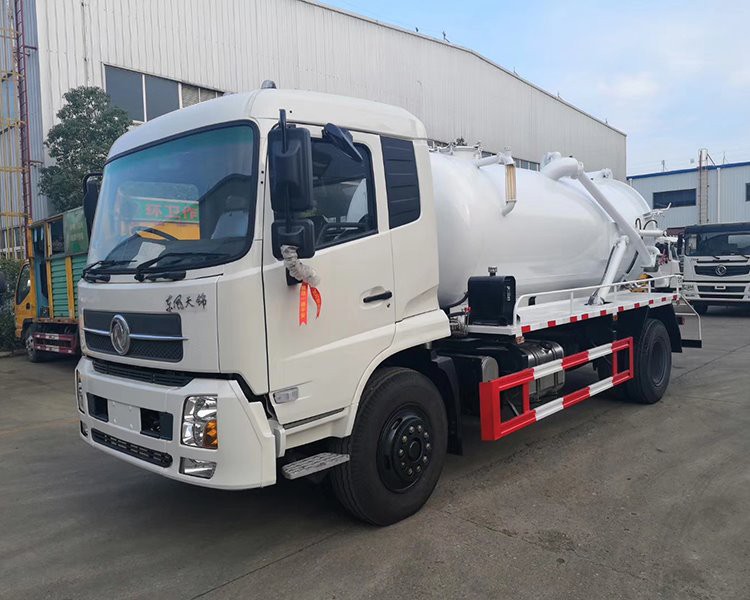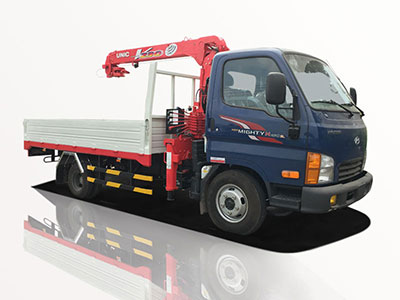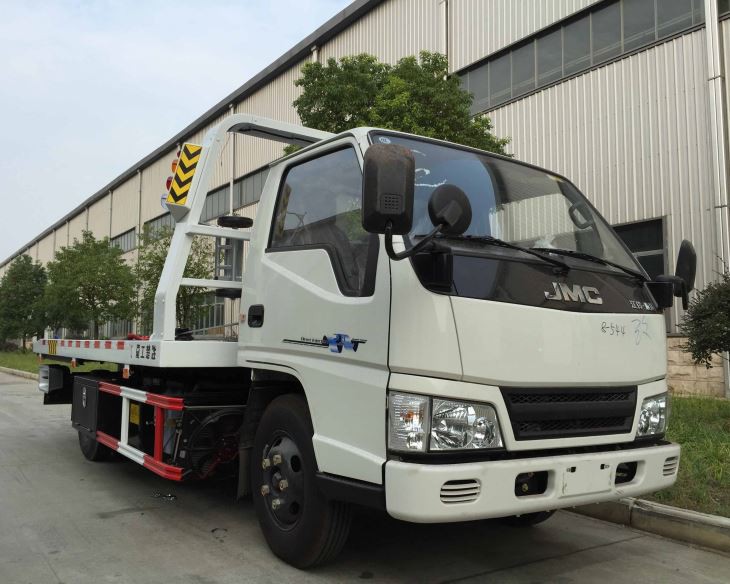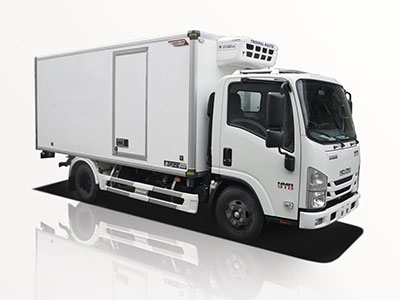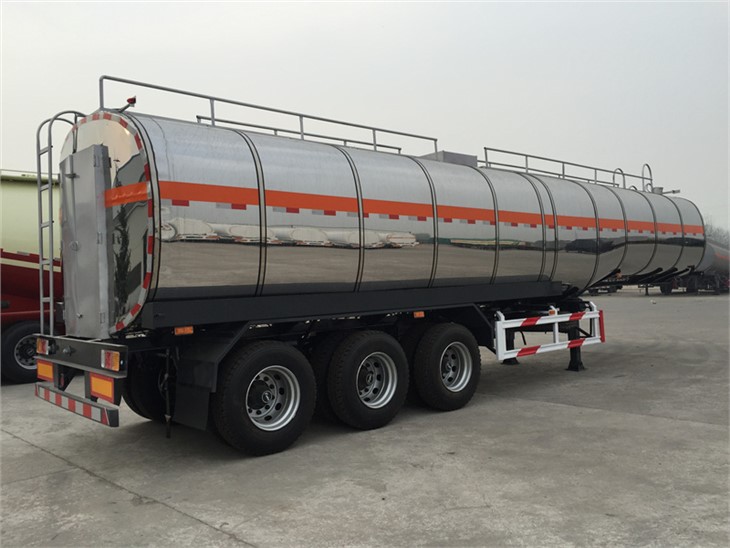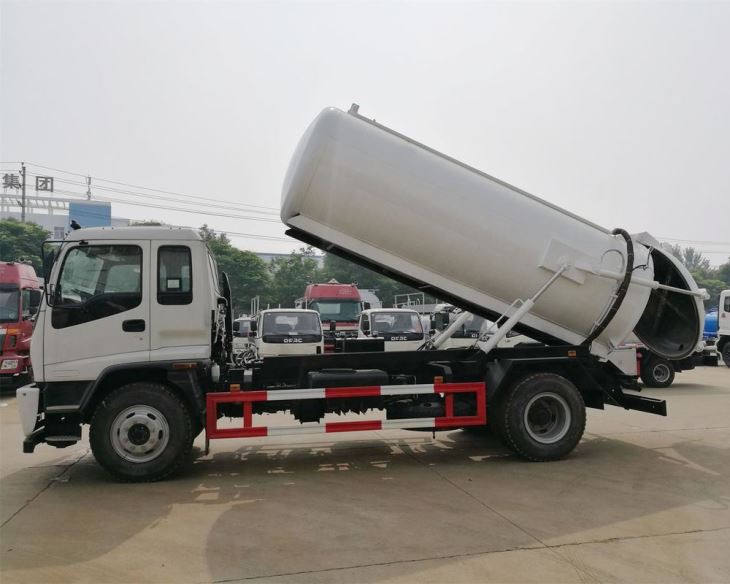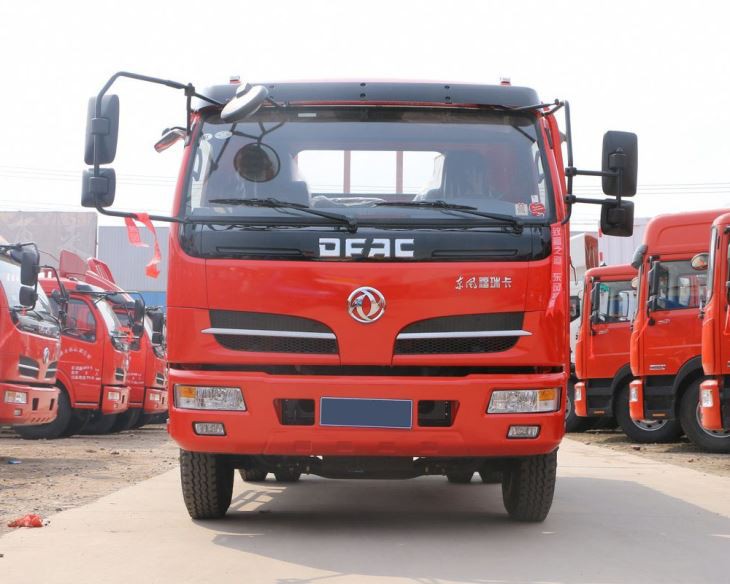Introduction to Water Spray Tankers
Water spray tankers are specialized vehicles designed to transport and distribute water efficiently. These tankers play a vital role in various industries, including agriculture, construction, fire safety, and environmental management. With the increasing demand for effective water management solutions, understanding the functionalities, benefits, and applications of water spray tankers is essential for stakeholders across multiple sectors.
What is a Water Spray Tanker?
A water spray tanker is a type of vehicle equipped with a large tank that holds water and a spray mechanism for distribution. These vehicles can range from small pickup trucks with attached tanks to large trucks that can carry thousands of liters of water. They are often used for dust control, irrigation, and emergency response situations like firefighting.
Components of a Water Spray Tanker
Water spray tankers consist of several key components:
- Water Tank: The main body that holds the water, usually made from materials like stainless steel or polyethylene.
- Pumping System: A pump to move water from the tank to the spray nozzles.
- Spray Nozzles: Various types for controlling the distribution pattern and reach of the water spray.
- Chassis: The vehicle structure that supports the tank and components.
- Control System: Allows operators to manage the flow rate and spray pattern.
Applications of Water Spray Tankers
Water spray tankers serve a multitude of purposes across various sectors. Here are some of the key applications:
Agriculture
In agriculture, water spray tankers are essential for irrigation, especially in remote areas where access to traditional water sources is limited. They help ensure crops receive adequate moisture, thus enhancing yield quality and quantity.
Example: Crop Irrigation
Farmers can use water spray tankers to irrigate fields efficiently during dry seasons by transporting water from nearby sources directly to their crops, saving time and labor.
Construction Sites
Construction companies utilize water spray tankers to control dust on job sites. This not only improves visibility but also contributes to better air quality.
Example: Dust Suppression
Water spray tankers can be deployed regularly to dampen the ground on construction sites, preventing hazardous dust clouds during demolition or excavation activities.
Firefighting
During fire emergencies, water spray tankers are critical in combating flames. They can transport large quantities of water to areas where fire hydrants are not available.
Example: Wildfire Response
In remote areas, fire departments can use water spray tankers to create firebreaks and directly attack wildfires, protecting both property and natural resources.
Environmental Management
Water spray tankers play a crucial role in environmental management, such as controlling pollution and treating land affected by mining or other industrial activities.
Example: Dust Control in Mining
Mining operations often generate significant dust. Water spray tankers can be employed to mitigate these dust clouds, ensuring a safer working environment and compliance with environmental regulations.
Types of Water Spray Tankers
Choosing the right type of water spray tanker depends on the specific application and requirements. Below are some common types of water spray tankers:
Standard Water Tankers
These are the most common type, usually equipped with basic pumping systems and spray nozzles suitable for general water distribution.
Fire Support Tankers
Specialized tankers designed specifically for firefighting purposes. They often come with high-flow pumps and specialized nozzles for creating effective water curtains.
Dust Control Tankers
These tankers are equipped with adjustable spray systems that allow for finer water misting to control dust effectively in various environments.
Mobile Irrigation Tankers
Designed for agricultural use, these often feature advanced pump systems and larger tank capacities for efficient irrigation practices.
Choosing the Right Water Spray Tanker
Consider the following factors when selecting a water spray tanker:
Capacity
Determine the volume of water required for your application, and choose a tanker with adequate capacity accordingly.
Spray Mechanism
Look for specific spray nozzle configurations that meet your needs, such as distance and width of the spray.
Mobility
Assess the terrain and accessibility requirements to choose between 2WD and 4WD vehicles.
Compliance with Regulations
Ensure the tanker complies with local regulations concerning water use and environmental impact to avoid penalties.
Maintenance of Water Spray Tankers
Regular maintenance is crucial to ensure the longevity and efficiency of water spray tankers. Here are essential maintenance tips:
Routine Inspections
Conduct regular visual inspections for leaks, rust, and wear in the pump and tank.
Cleaning
Clean tanks and spray nozzles frequently to prevent clogging and bacterial growth.
Fluid Checks
Regularly check hydraulic fluids and oil levels in the pump system to ensure smooth operation.
Seasonal Checks
Before high-demand seasons (like dry summers), perform a comprehensive evaluation of the tanker’s condition and functionality.
Case Studies: Success Stories with Water Spray Tankers
Here are two case studies showcasing the effective use of water spray tankers:
Case Study 1: Agricultural Excellence
A farm in California implemented a water spray tanker for irrigation during an extreme drought period. By using a tanker with a 2,000-liter capacity, the farmer effectively distributed water over 10 acres, resulting in a 30% increase in crop yield compared to the previous year.
Case Study 2: Construction Site Efficiency
In a large urban construction project, a water spray tanker was employed to suppress dust during demolition. The implementation of this solution led to a significant improvement in air quality, satisfying local regulatory standards and enhancing worker safety.
Frequently Asked Questions (FAQs)
What is the typical capacity of a water spray tanker?
The capacity of water spray tankers can vary widely, ranging from small units with 500 liters to large tankers that hold over 10,000 liters.
Are water spray tankers eco-friendly?
When used responsibly, water spray tankers can be considered eco-friendly as they help control dust and aid irrigation while utilizing natural resources.
Can I use a water spray tanker for drinking water transport?
Not all water tankers are suitable for drinking water transport. It’s essential to ensure that the materials used in the construction of the tanker meet health and safety regulations for potable water.
How often should a water spray tanker be maintained?
Water spray tankers should undergo routine maintenance checks every 1-3 months, with more extensive inspections and servicing at least once a year.
What are the safety considerations when operating a water spray tanker?
Operators should always wear appropriate protective gear, ensure proper training in handling, and follow safety protocols to prevent accidents during operation.
How does a water spray tanker differ from a regular water truck?
While both are designed to carry water, water spray tankers are specifically equipped with advanced spraying systems tailored for precise distribution in various applications, whereas regular water trucks may not have these specialized features.
